Stars and Stellar Evolution

Starts convert gravitational energy into radiation energy (e.g. light) , and in the process create the heavy elements of the universe
How they do that?

The Formation of a Star
- Stars are born out of an interstellar cloud that gravitationally collapses over a time span of a few million years
- As the the cloud collapses the temperature and pressure at the core increases. Eventually the temperature and pressures is high enough to fusion hydrogen into helium and a star is born

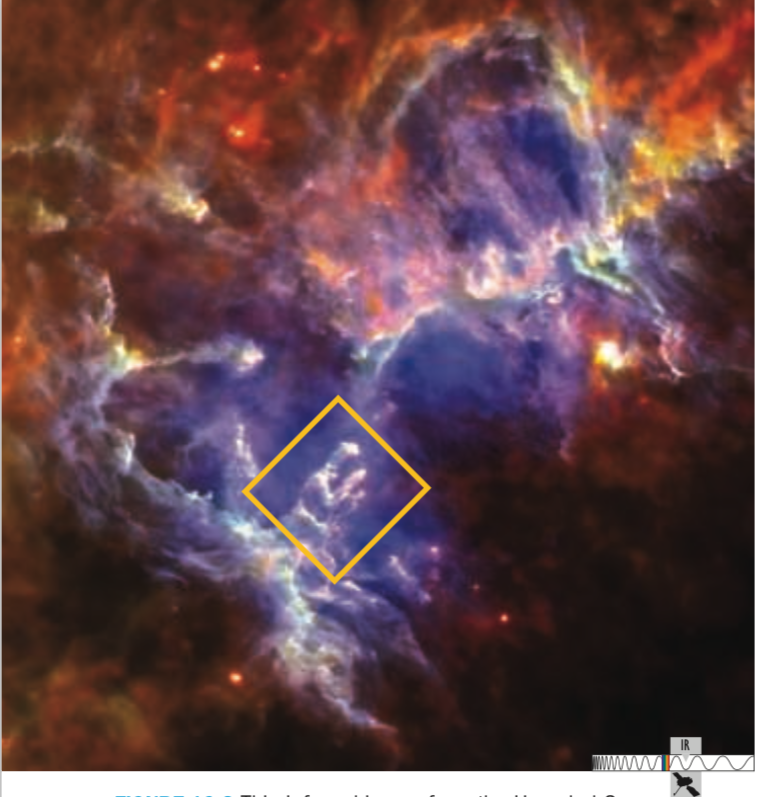
Interstellar clouds fragment due to gravitational instabilities and multiple stars are born as the fragments of the cloud collapse due to their own gravity
How stars are born
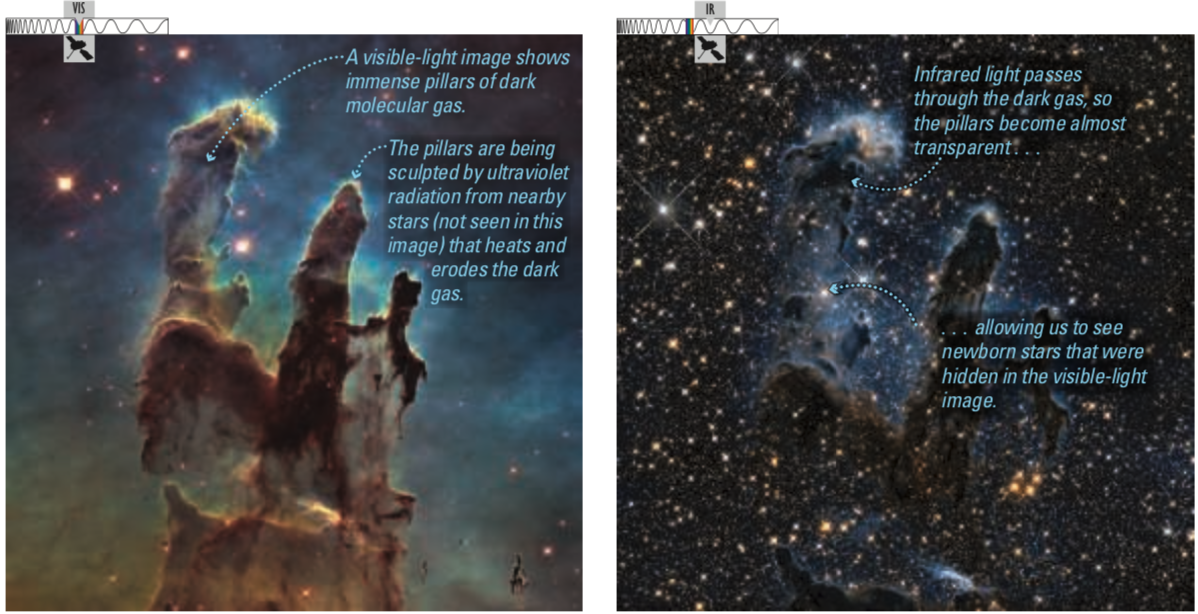
The Eagle nebula is one of the most active star formation regions in the Milky Way


Fusion
Nuclear Fusion

In nuclear fusion, energy is released because the mass of child atoms is less than the sum of mass of the parents
Nuclear fusion is the process of binding lighter atoms/element into heavier ones
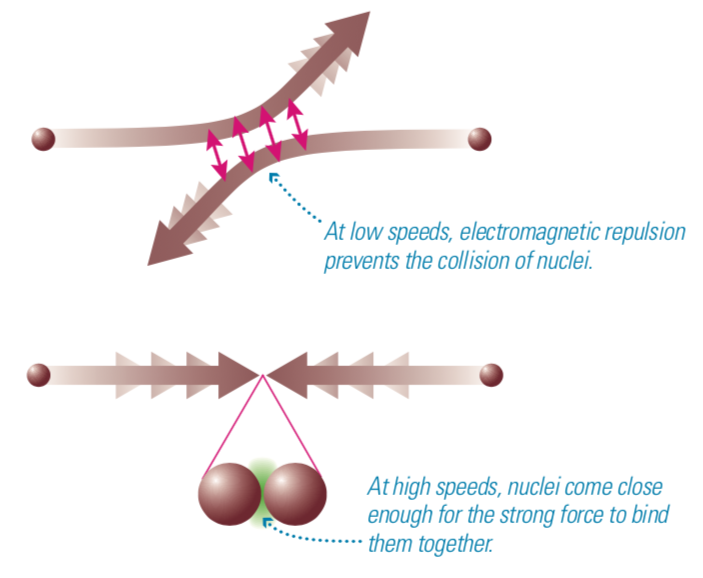
How nuclear fusion occur?
For fusion to occur, nuclei must collide at very high speeds to overcome electrical repulsion.
Temperature
Temperature is the average kinetic energy (energy due to motion) of atoms and molecules in matter
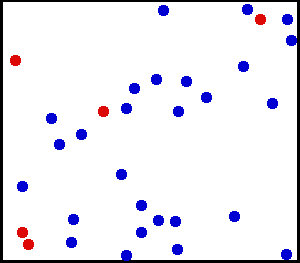
When something feels hot is because its atoms and molecules are hitting your skin with a lot of kinetic energy

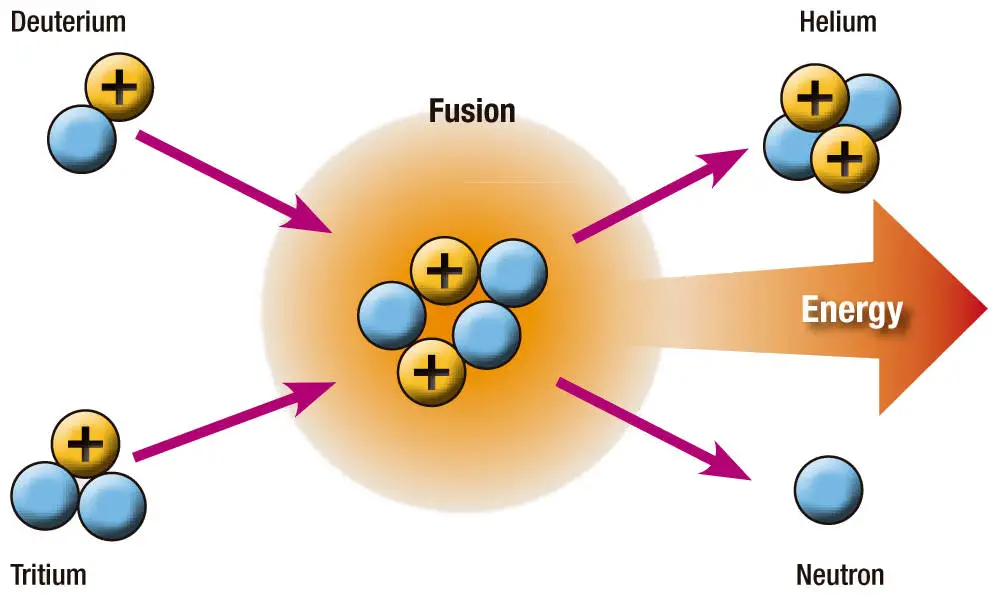
Thermonuclear Fusion
For fusion to occur, nuclei must collide at very high speeds to overcome electrical repulsion.
Fusion brought about by high temperatures is called thermonuclear fusion
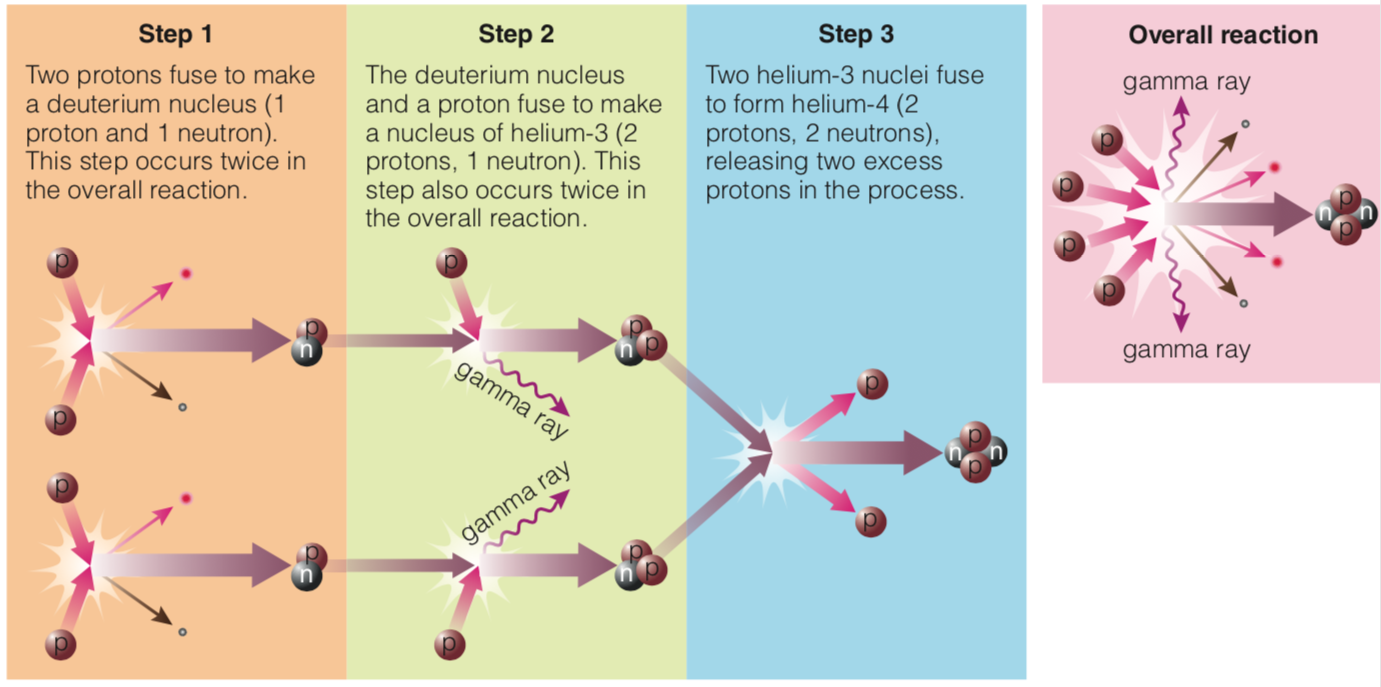
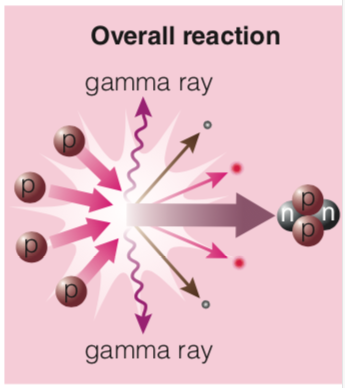

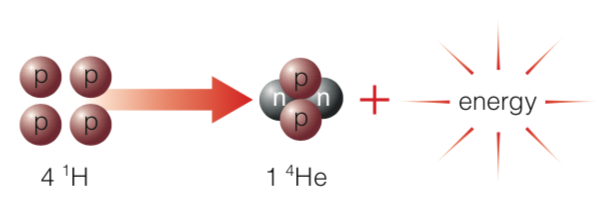
Hydrogen -> Helium
Helium -> Carbon
In the central part of the sun, about 657 million tons of hydrogen are converted into 653 million tons of helium each second
The missing 4 million tons of mass is discharged as radiant energy
Stars are Natural Thermonuclear Fusion Reactors

Pressure v.s. Gravity
Gravitational equilibrium in a Star: At each point inside, the pressure pushing outward balances the weight of the overlying layers
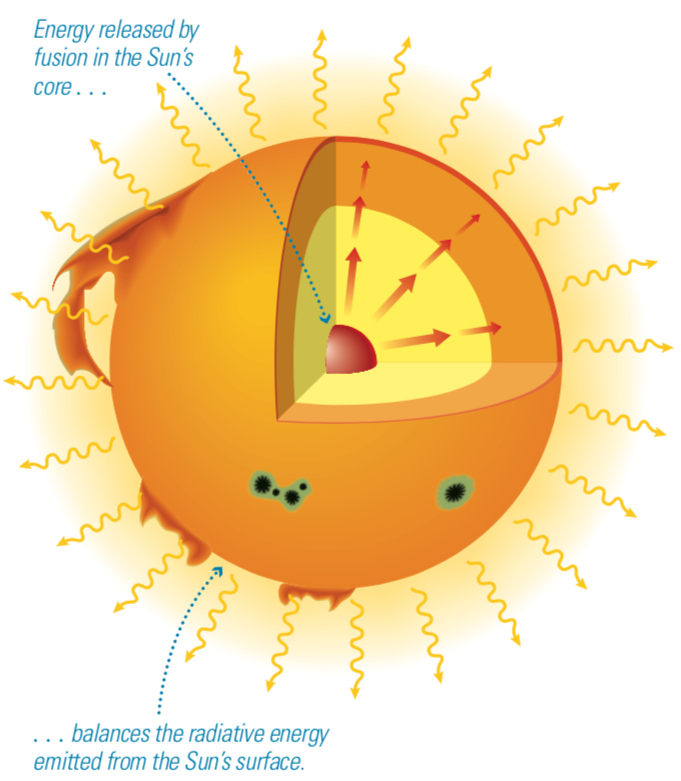

Properties of Stars

Temperature and Color
The temperature of a star determines its color
All objects continuously emit radiation. Objects at low temperatures emit long waves. Higher-temperature objects emit waves of shorter wavelengths
Sun T~6000 K, emits visible radiation
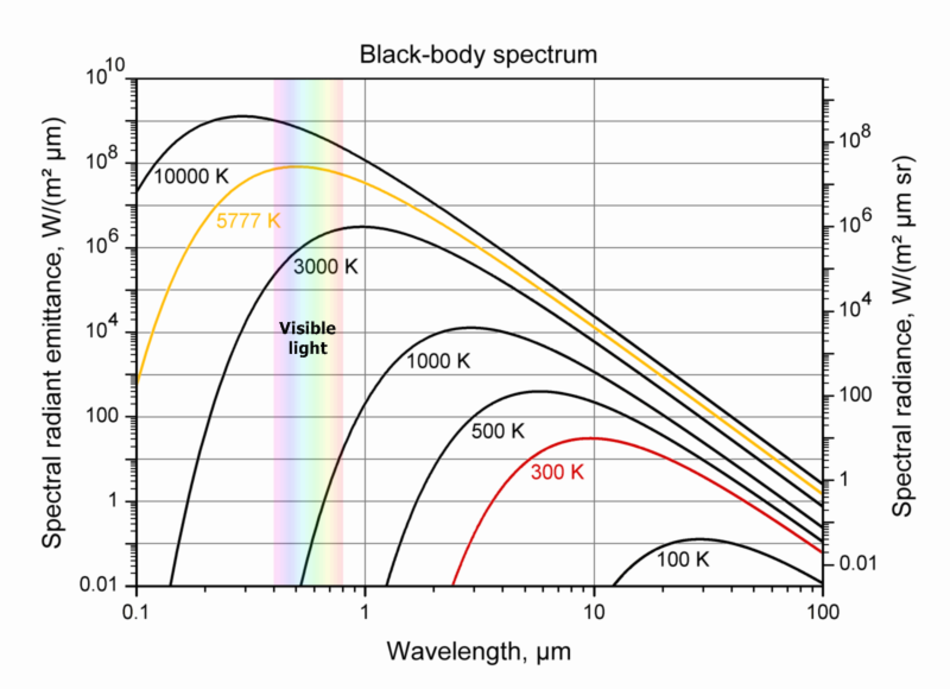
Thermal Radiation
Thermal Radiation
All objects continuously emit radiation. Objects at low temperatures emit long waves. Higher-temperature objects emit waves of shorter wavelengths

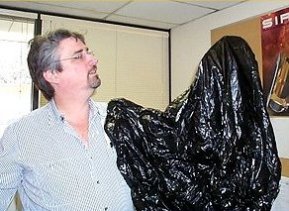
Human body T~300 K, emits infrared radiation

Intensity
Wavelength
Luminosity
Luminosity is a measure of a star’s rate of energy production (or hydrogen fuel consumption).

The amount of energy a star emits each second is its luminosity (usually abbreviated as L)
The luminosity of 100-watt bulb is: 100 watts
The Sun’s luminosity is: ~ 4 x 10^26 watts
The Magnitude Scale
About 150 B.C., the Greek astronomer Hipparchus measured apparent brightness of stars using units called magnitudes
- Brightest stars had magnitude 1 and dimmest had magnitude 6
- The system is still used today and units of measurement are called apparent magnitudes to emphasize how bright a star looks to an observer


Apparent Magnitude
A star’s apparent magnitude depends on the star’s luminosity and distance – a star may appear dim because it is very far away or it does not emit much energy
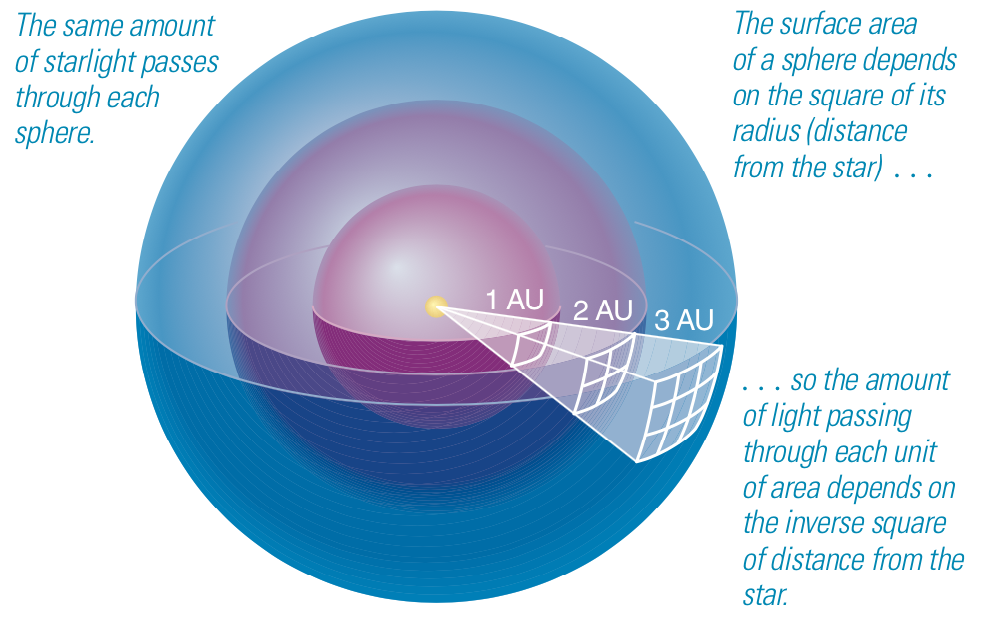

Absolute Magnitude
Absolute magnitudes are a better measure a star’s luminosity
- The absolute magnitude of a star is the apparent magnitude that the same star would have at 10 parsecs
- A comparison of absolute magnitudes is now a comparison of luminosities with no distance dependence

Radius

If two stars have the same temperature but one has a larger radius, the one with the lager radius will be more luminous

Classification of Stars
Historically, stars were first classified into four groups according to their color (white, yellow, red, and deep red), which were subsequently subdivided into classes using the letters A through M
Annie Jump Cannon discovered that classes were more orderly in appearance if rearranged by temperature – Her reordered sequence became O, B, A, F, G, K, M (O being the hottest and M the coolest) and are today known as spectral types

Classification of Stars


The Hertzsprung-Russell Diagram

If you make a plot of the Luminosity v.s. Temperature of known stars, regions for different types of stars appear
The Hertzsprung-Russell Diagram

Stellar Destiny

Stellar Evolution
Stellar Evolution

Evolution in the H-R diagram for low mass stars
Stellar Evolution
Evolution in the H-R diagram for high mass stars
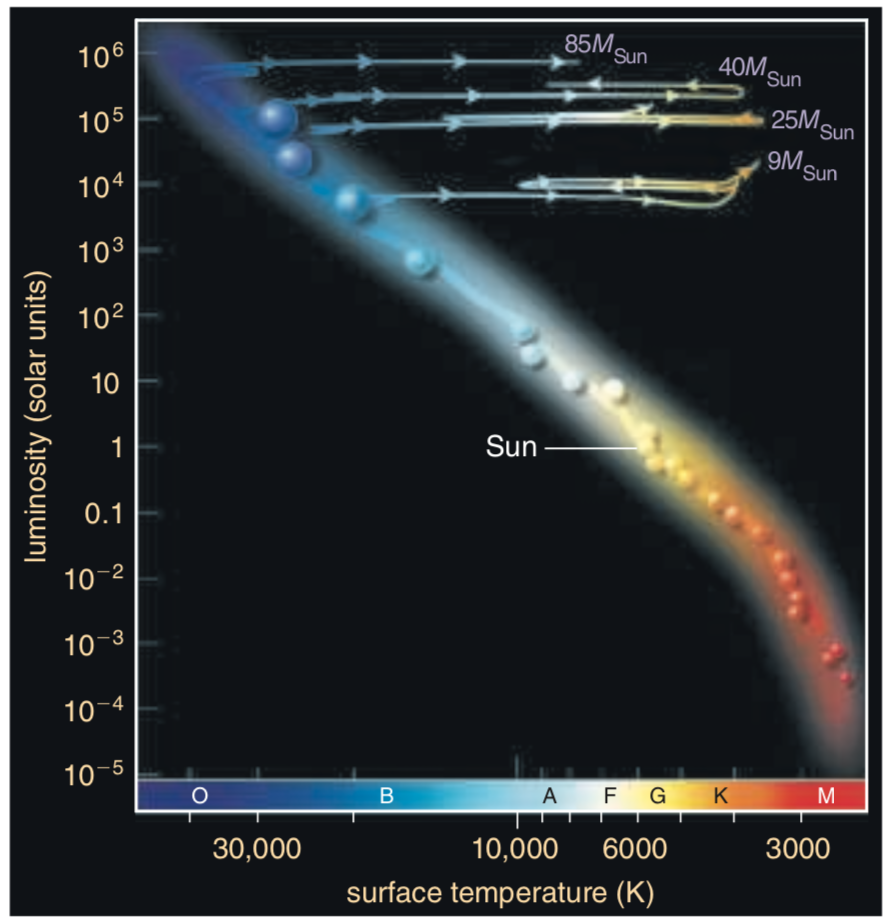

Supernova explosions ignite second generation stars in an enriched interstellar medium of heavier elements
Black Holes
Scape Velocity
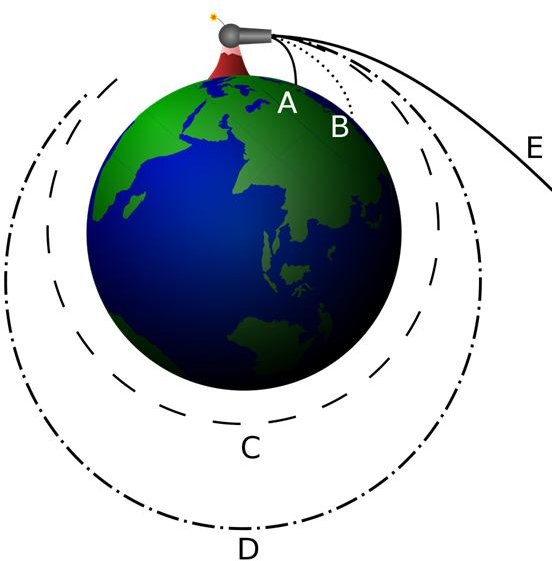

Neglecting air resistance if you throw a rock with a velocity greater than 11.2 Km/s (25000 miles/h), it wont come back

The size of stars is the result of a “tug of war” between two opposing processes: nuclear fusion (pressure) and gravitational contraction
If the fusion rate increases, the star gets hotter and bigger. If the fusion rate decreases, the star gets cooler and smaller
When a star runs out of fusion fuel (hydrogen and helium), gravity dominates and the star starts to collapse

Stellar Remnats
If the mass of the star is > ~1.5x the mass of the sun it becomes black holes


White Dwarfs

Neutron starts can pack up ~1.4x the mass of the sun on a radius that is the size of a city
In order to achieve such a high density they combine electrons and protons to form neutrons
Neutron Stars
The Components of Atoms
The strong gravity in Neutron stars combine electrons and protons to form neutrons

As the radius of a star decreases the gravitational force at its surface increases by
This results in a higher escape velocity!
Black Holes
At the surface of a black hole (the event horizon) the force of gravity is so strong that not even light moves fast enough to scape

Black Hole Observations


Black hole shadow at the center of Abell 2597 galaxy cluster
Active Galactic Nuclei in NGC 383
Black Hole Observations

The End
Temperature and Pressure
Temperature Scales
The three scales we use to measure temperature are Centigrade (Celsius), Farenheit and Kelvin


Who the heck uses Celsius anyway?
Everyone but US!
Pressure
Pressure is force per unit area
Metric unit of pressure is Pascal.
1 Pascal = 1 Newtons per square meter

A pressure < B pressure
A pressure < B pressure

Checkpoint 4
How does the pressure in A) compares to the pressure in B)?
A) has 3x more force over 3x more area, so The pressure in A) is the same as in B)

Pressure in Fluids

Pressure in a fluid depends on depth.
As with bricks, weight of what’s above determines pressure

Atmospheric Pressure
We live at the bottom of an ocean of fluid—the fluid is air & the “ocean” is the atmosphere.
The density and pressure of the air in the atmosphere is greatest at the surface of Earth and decreases with increasing altitude
Atmospheric Pressure
We live at the bottom of an ocean of fluid—the fluid is air & “ocean” is the atmosphere.

Atmospheric column of air
Base: 1 square meter
Height: 10 km
Volume: 10,000 m^3
Mass: 10,000 kg
Weight: 100,000 N = 10 tons
Pressure: 100,000 Pascals
Atmospheric Pressure is Really Strong
~15 pounds per square inch
Pressure, Volume and Temperature Relation
Pressure, Volume and Temperature Relation
When the number of molecules is constant
;
Stars and Stellar Evolution
By Miguel Rocha
Stars and Stellar Evolution
Astro1 - Stars and Stellar Evolution Slides
- 2,277



